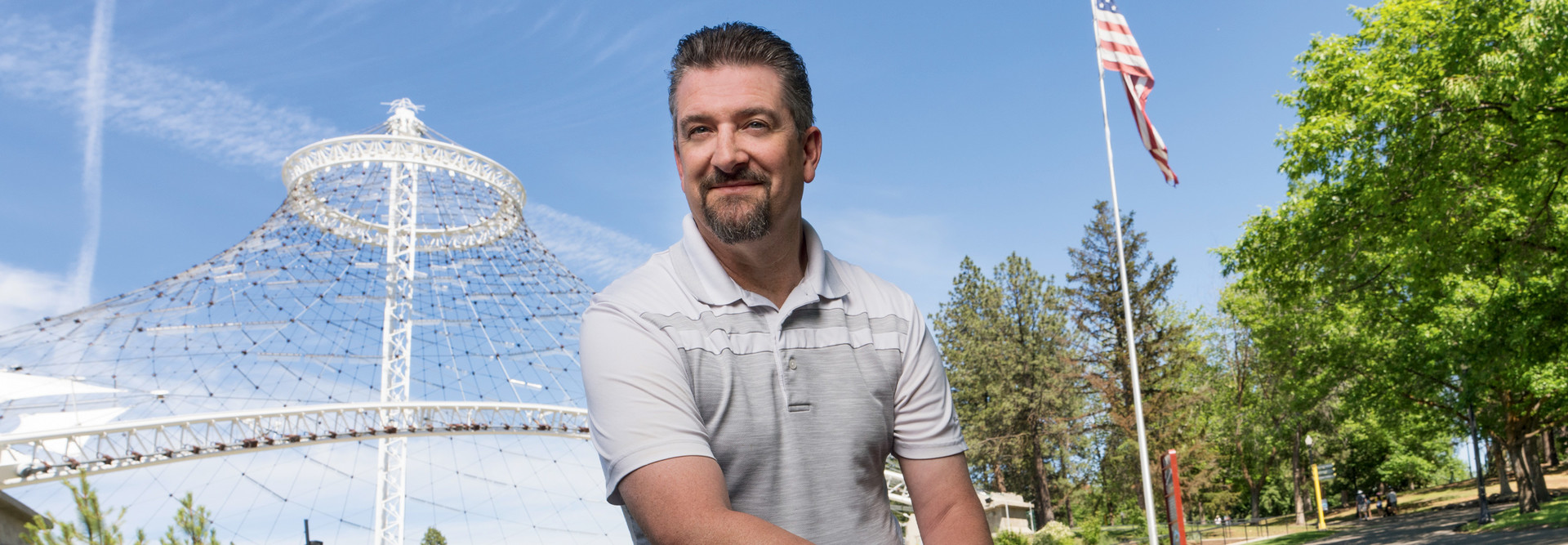In a growing number of counties and cities, free public Wi-Fi is key to government efforts to close the digital divide and provide equitable access to online services for all citizens.
“People have talked about public Wi-Fi and what it might do for communities for decades,” says Nick Maynard, co-founder and CEO of US Ignite. The organization works with local governments to advance the communications networks that are critical to smart city development. “Historically, we’ve seen these cycles of everyone being super excited about it and then interest kind of dying down” as communities pivot to other priorities, he says.
Today, Wi-Fi installations are on the rise as big cities and small towns alike look closely at the pandemic-exposed inequities associated with poor broadband access.
“Free public Wi-Fi isn’t a silver bullet for connectivity problems, but it is definitely an important tool in the toolbox for many communities,” Maynard says.
Delivering Reliable Connection Across in the Fairgrounds
The network at the Spokane County Fair and Expo Center needed expansion, as a recreational vehicle park within the fairgrounds was constantly dealing with spotty coverage, Domitrovich says. A separate Wi-Fi network for vendors also faced challenges: Some reported struggling to process customer payments because of persistent connectivity problems.
The county ultimately installed a new Wi-Fi system based on the Cisco Unified Wireless Network. The solution combined new cabling and switches with wireless LAN controllers, centrally controlled access points and a next-generation Meraki firewall. The installers used wireless-signal heat maps to determine the best locations for AP placements, and the county IT team set usage restrictions and content filtering parameters to minimize congestion.












